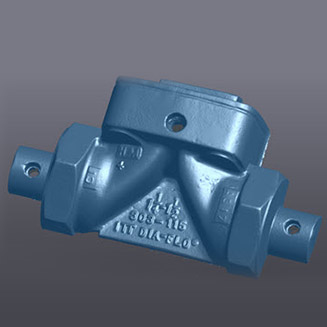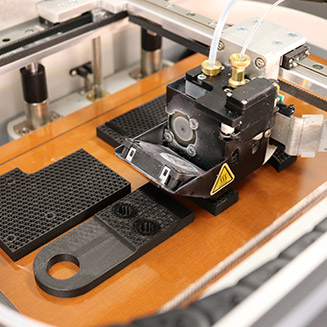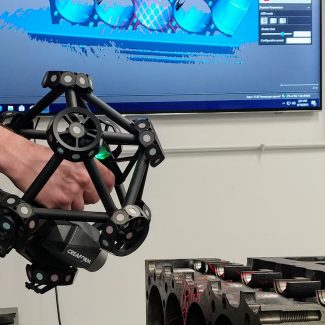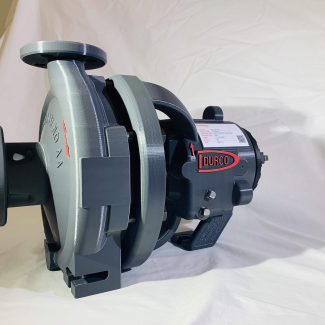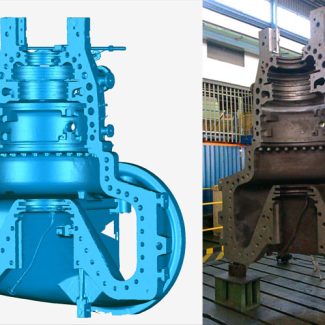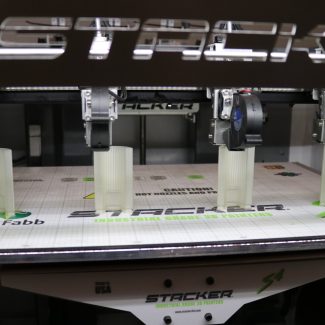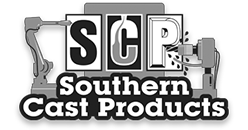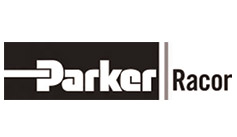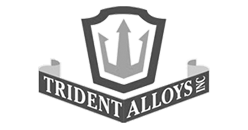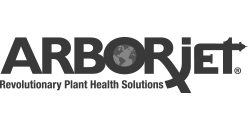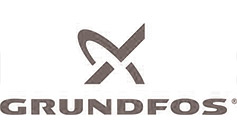Using Casting and Foundry to Save on Machining
With the rapid development in the manufacturing world, pursuing cost-effectiveness without compromising quality remains a perpetual goal. In this regard, the strategic integration of casting and foundry processes is gaining increased attention to mitigate the expenses associated with machining.
As industries deal with optimizing production costs, understanding the relationship between casting, foundry, and machining becomes imperative. Here’s more information on what casting and foundry is and how it has dominated machining in manufacturing practices.
Casting and foundry offers a log of advantages over machining. Well, for your convenience, we have listed five key specs that propel this efficient tactic into the forefront of modern manufacturing strategies below. Here are some of the benefits of casting and foundry to save on machining:
1. Efficiency of Materials Utilization
Casting and foundry techniques excel in optimizing material usage. By precisely shaping molten metal into molds, these processes significantly reduce material wastage compared to traditional machining methods. This efficiency not only contributes to cost savings but also aligns with sustainable manufacturing practices, making it an environmentally conscious choice.
2. Complex Geometries and Intricate Design
The versatility of casting and foundry processes allows the development of intricate designs and complex geometries. It may be challenging or costly through machining alone. The ability to produce detailed components directly from molds eliminates the need for extensive post-machining, streamlining the manufacturing process and enhancing overall efficiency.
3. Cost-Effective Production of Large Components
Casting and foundry operations are particularly advantageous when it comes to producing large components. The inherent scalability of these processes enables manufacturers to create sizable parts without the exorbitant costs associated with machining oversized materials. This benefit extends to industries requiring bulk production or the fabrication of substantial elements in a cost-effective manner.
4. Reduction in Machine Time and Resources
Integrating casting and foundry techniques into manufacturing workflows often results in a notable reduction in machining requirements. The precision achieved through casting minimizes the need for extensive post-processing, saving both time and resources. This streamlined approach not only accelerates production cycles but also contributes to substantial cost savings in machining operations.
5. Enhanced Material Properties and Performance
The controlled conditions of casting and foundry processes contribute to improved material properties, such as enhanced strength and durability. By maintaining a homogeneous structure, these techniques result in components that exhibit superior performance characteristics. It not only ensures the production of high-quality goods but also reduces the likelihood of defects, eliminating the necessity for costly machining corrections.
Integrating casting and foundry processes is the best example of refinement, precision, and cost-saving in modern manufacturing. As industries seek customization and flexibility, this combination emerges as a transformative force, reshaping the manufacturing landscape toward sustainability and economic advantage. Contact us for more information.

